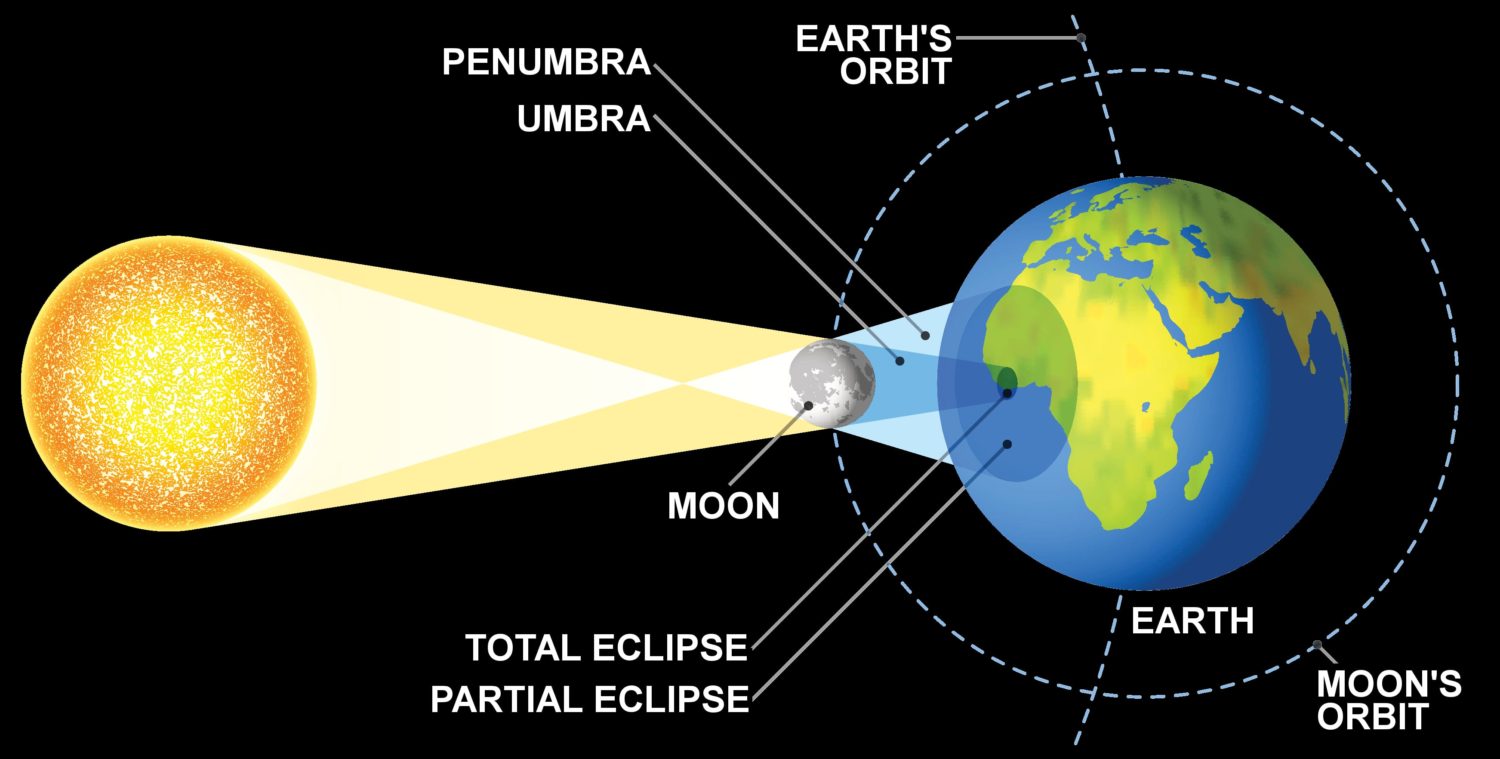
Dark eclipse gray or brownish coloration details distinguishable only with difficulty 2. Very dark eclipse Moon almost invisible, especially in midtotality 1. The following scale was devised by André Danjon for rating the overall darkness of lunar eclipses: 0. Refracted sunlight causes the Moon to glow with a coppery-red hue that varies from one eclipse to the next. The amount of refracted light depends on the amount of clouds or dust in the atmosphere blocking the light. The Moon does not completely disappear as it passes through the umbra because of the refraction of sunlight by the Earth's atmosphere into the shadow cone.

If only part of the Moon enters the umbra, it is called a partial lunar eclipse. However, the time between the Moon's first contact with the shadow and last contact, when it has completely exited the shadow, may be up to 6 h 14 min or so. The Moon's speed through the shadow is about one kilometer per second, and the totality may last up to nearly 107 minutes. Total penumbral eclipses are a rare type of lunar eclipse.Ī total lunar eclipse occurs when the Moon travels completely into the Earth's umbra, the dark inner portion of the shadow.

At a total penumbral eclipse the parts of the Moon closest to the umbra are a bit darker than the rest of the Moon. At a total penumbral eclipse the Moon is completely in the penumbra of the Earth, but not in the umbra. The penumbra does not cause the noticeable darkening of the Moon's surface (though some may argue it turns a little yellow).Ī special type of penumbral eclipse is a total penumbral eclipse. A penumbral eclipse occurs when the Moon only passes through the Earth's penumbra, the outer portion of the Earth's shadow.


 0 kommentar(er)
0 kommentar(er)
